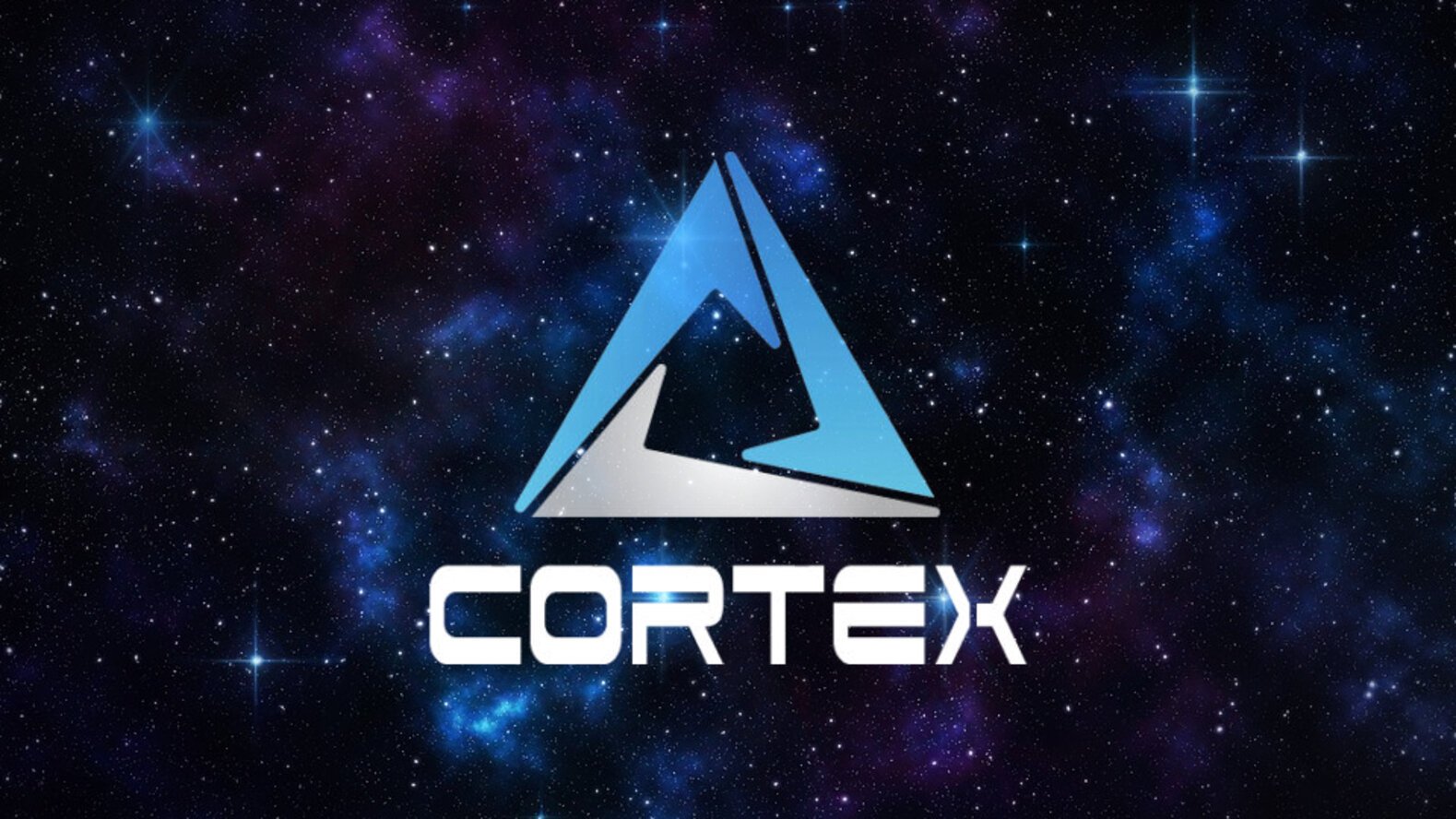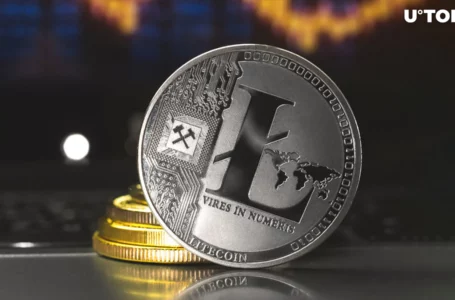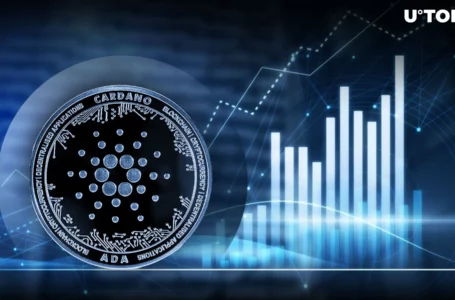
Cortex is a decentralized and autonomous AI system that utilizes the blockchain. The goal of Cortex is to provide state-of-the-art machine-learning models via the blockchain. Users will be able to infer these models via smart contracts found on the Cortex blockchain. Additionally, Cortex wants to implement a machine-learning platform that lets users post tasks on the platform and submit artificial intelligence decentralized applications (AI dapps).
Who Is Behind Cortex?
CEO Ziqi Chen has a Master of Science in both civil engineering and machine learning and is a co-founder of Waterhole.io. CTO Weiyang Wang has a Master of Science in Statistics and is a certified financial risk manager with experience and interest in cryptography and deep learning. Yang Yang, blockchain chief engineer, has a Master of Science in computer science, has experience with the blockchain and cryptocurrency, and is the other co-founder of Waterhole.io.
The chief deep learning engineer, Xiao Yan, is a Ph.D. candidate, quantum computing researcher, and AI and blockchain researcher with experience in cryptocurrency quantitative trading. Operating Officer Amy Chen has a Master of Science in electrical engineering and organized part of the EcoMobility World Festival 2017. Finally, Wentao Tian, senior AI and blockchain engineer, has a Master of Science in computer science, is an expert in reinforcement learning, and has experience with distributed systems and quantitative trading algorithms.
Community developers include AI experts on acoustics, AI research assistants and research scientists, and AI framework research and development experts. Advisors have invested, founded, and been otherwise involved in such projects as Bitfinex, Bitfund, ZhenFund, World Financial Desk, FBG Capital, Beijing Kunlun Tech Co., DAGlabs, and China Metallurgical Group Corporation. One advisor, professor Whitfield Diffie, was the inventor of public key cryptography.
What Does Cortex Do?
By featuring AI smart contracts within its Cortex blockchain, the platform makes it possible for any developer to utilize Cortex to add artificial intelligence to smart contracts. This can dramatically expand the potential for smart contracts and related projects on the blockchain. The ability to use AI will make it possible for the smart contracts to autonomously respond to external signals, including those that programmers cannot anticipate.
Additionally, Cortex has an incentive mechanism to encourage collective collaboration. Anyone is able to submit models in Cortex and optimize existing models. Those who contribute to models also receive rewards, creating an environment where everyone is encouraged to participate as a way to generate the best possible solutions.
What Are Some Key Components of Cortex?
The smart AI contract is a very important part of Cortex, as it lets users write their machine-learning programs on top of the blockchain. They can also submit interactions via these smart AI contracts that depend on other contracts, adding a layer of complexity.
Additionally, Cortex has a virtual machine, unsurprisingly known as the Cortex Virtual Machine, CVM. The instruction set of CVM is fully compatible with EVM and includes reference instruction support.
What Advanced Features Does Cortex Include?
Researchers in machine learning from all over the world can upload corresponding data models with training to the storage layer of the Cortex Intelligent Inference Framework. Then, others who want to utilize the AI models are able to make inferences via modules, paying the providers of those modules in return.
There is also Cortex Inference Consensus Criteria. When a user begins a transaction with a contract, the full node must execute the smart contract’s code. Unlike regular smart contracts, Cortex’s AI smart contracts can include inference instructions. In the case of an inferred result, all nodes must agree.
Users must also follow the Model Submission Framework, which is simple thanks to the submission interface designed for off-chain training. This off-chain training includes instruction-interpreting virtual machines for models. The submission framework should connect providers of computing power with those who provide the algorithm, allowing for collaboration and trading.
How Do You Use Cortex?
Cortex will make adding artificial intelligence systems to the blockchain feasible by letting researchers in machine learning worldwide upload corresponding data models that are well-trained. These go into the storage layer of the Cortex public chain. From there, any user who wants to utilize the models can make inferences using them and pay the developer of the model.
For every inference, full nodes synchronize the data and model on the storage tier with the local site. There is also the option of making inferences with the CVM, which synchronizes the results across the network.
Whenever users initiate transactions, make an intelligent inference, or open up a smart contract, they must pay Endorphin tokens. These tokens are designed for all transactions within Cortex.
What Is CTXC?
CTXC is the Cortex token, and the token sale is already complete. The private round began on Feb. 7, lasted until March 7, and had tokens sold at 1 ETH for 1,500 CTX. This was followed by the public token sale, which ended in March when the target cap was reached. It sold 60 million CTXC via contributions of 40,000 ETH, accounting for 20.01 percent of the total distribution of tokens. During the sale, lead investors were Bitmain and FBG Capital.
The total token supply is 299,792,458. 150 million of these, or 50.03 percent, will be used as rewards for miners of CTXC. 74,792,458, or 24.95 percent, are for the project’s foundation via the genesis block. This total figure includes 0.93 percent for bounties, 9.01 percent for project marketing, and 15.01 percent for Cortex Lab. Finally, the 5 five percent of tokens goes to the community of the genesis block, advisors, and academia.
Bottom Line
Cortex is an AI platform that is decentralized and built on a new public blockchain, Cortex. The chain features smart AI contracts, making it possible for users to add AI to smart contracts with ease. Those interested in AI should find Cortex to be an interesting project to watch in the future. As this project is collaborative, it will be easy for developers and artificial intelligence researchers to become involved and receive incentives for their contributions.



















